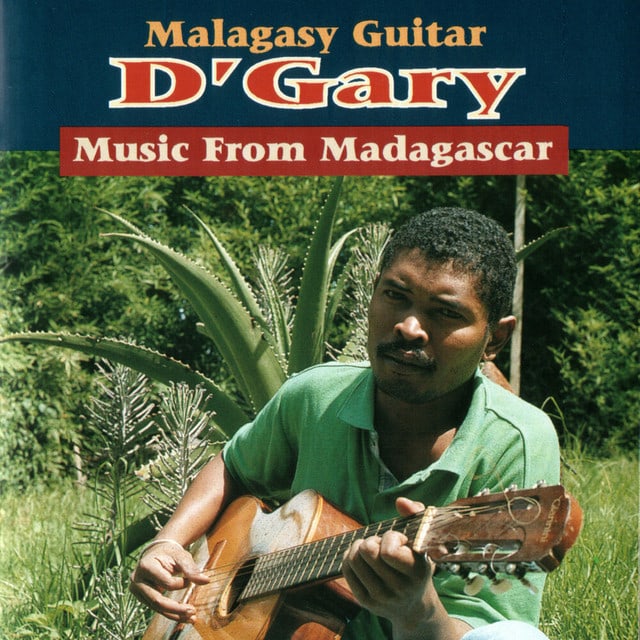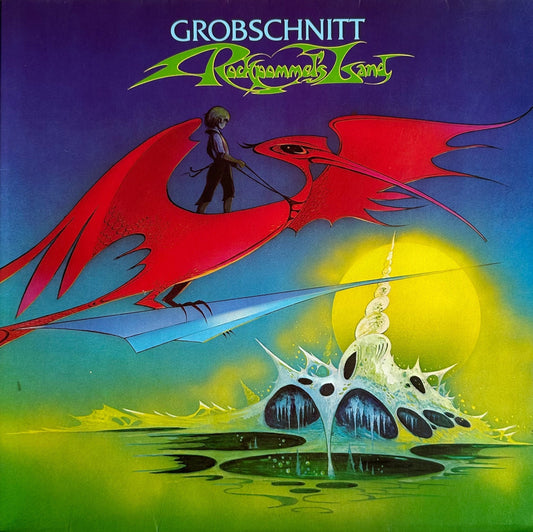Most people’s knowledge of Madagascar comes from nature documentaries or Disney’s series of loopy animated movies. But Copper readers may also be intrigued by the music of Madagascar, which is every bit as unique as the country’s natural wonders.
Madagascar is located 250 miles off the southeastern coast of mainland Africa in the Indian Ocean. It’s the world’s fourth largest island – 1,000 miles long by 360 miles wide, with an area nearly the size of California, Oregon and Washington combined.
If you’ve seen any of the above-mentioned nature shows you know that Madagascar boasts astonishing biodiversity. Over 90 percent of its plant and animal life is endemic, found nowhere else on the planet. For that reason, it is sometimes referred to as the “eighth continent.”
The island was one of the last places on Earth to be settled by humans (around 250 A.D.). For centuries it’s been a major trading hub in the Indian Ocean, and during that time the country absorbed people and cultural influences from Africa, the Middle East, Indonesia, and Europe. Madagascar was a French colony from 1897 until 1960, when it gained full independence.
Over 90 percent of the country’s 28 million people belong to the Malagasy ethnic group, and there are two official languages: Malagasy and French.
A World Out of Time
As recently as 1991 there had never been a release of Malagasy music, traditional or popular, in the US. But two American guitarists with eclectic tastes – Henry Kaiser and David Lindley – had long been fascinated by the country and wanted to explore and share the music.
In October, 1991 the two musicians, along with a German production team and a full digital recording studio, traveled to the capital city, Antananarivo, where they spent two solid weeks recording practically every musician of note in the country.
Their original plan was to produce a single CD from these sessions, but they recorded so much wonderful music that they ended up releasing five CDs. The first release was the Grammy-nominated A World Out Of Time, Vol.1, in 1992, followed by Vol.2 in ’93 and Vol.3 in ’96, all on the Shanachie label. These CDs contain music from just the Malagasy musicians, as well as some tracks with Lindley and Kaiser joining in.
In general, Malagasy music is very melodic and rhythmically upbeat, with time signatures that will be unfamiliar to most Western ears. Vocals are often call-and-response, with exquisite harmonies.
The first tune is a dialogue between two Malagasy instruments. The young multi-instrumentalist, Rossy, is playing the valiha, which is considered Madagascar’s national instrument. It’s a tube-shaped zither with a body made of bamboo, with steel strings. The other instrument is a small flute called the sodina, played by the late Rakoto Frah, one of the greatest players of the instrument, and one of the most revered musicians in the country. So much so, that at one point his likeness appeared on a banknote.
“O isa” by Rossy & Rakoto Frah, A World Out Of Time, Vol. 2:
In 2020 Henry Kaiser posted an hour plus of video footage recorded during the sessions for A World Out Of Time. It’s a rare chance to see these unusual instruments in action, as well as many great Malagasy musicians, some of whom have passed away in the intervening decades.
Madagascar 1991 – A World Out of Time:
An Amazing Guitarist You’ve Probably Never Heard of
The first musician you see in the documentary is the amazing guitarist, D’Gary. He’s one of the most innovative and exciting guitarists in the world, but many guitar fans have never heard of him. In recent years he’s performed as part of a trio called Toko Telo. This clip from 2019 features an extended solo guitar piece.
I feel lucky to have caught D’Gary live when he joined the International Guitar Night tour in 2007. The group performed at a small club in Charlottesville, Virginia. I was sitting close enough to clearly see D’Gary’s hands as he played, but it was still baffling because his fingers barely seemed to move while creating a beautiful rippling stream of notes.
Toko Telo featuring D’Gary:
Formed in the mid-1990s, Tarika is built around the core of sisters Hanitra Rasoanaivo and Tina Norosao Raharimalala. It’s one of the very few Malagasy bands to have achieved significant popularity outside the country. In this clip, you can see one of the band members playing a valiha.
“Try Kivy” by Tarika:
For decades, the best and best-known accordion player in Madagascar was Regis Gizavo, who sadly passed away in 2017 at the age of 58. At the time of his death he was a member of the Malagasy trio Toko Telo. He left us with a few excellent solo albums, as well as one called Stories, which also featured guitarist Louis Mhlanga and percussionist David Mirandon.
“Eka Lahy” by Regis Gizavo:
There’s lots of high-energy dance music in Madagascar, and two of the most popular styles are salegy in the North, and tsapiky in the South. An excellent introduction to the tsapiky style is a collection called Tulear Never Sleeps. One of the pioneering bands playing the salegy style is Jaojoby.
“Mangala vaiavy” by Jaojoby:
Singer-songwriter Razia Said simply goes by Razia. Her 2010 album Zebu Nation puts a contemporary spin on traditional Malagasy music with taste and soul. It’s a really good sounding recording, too.
“Mifohaza” by Razia – Zebu Nation:
I first discovered the entrancing music of Madagascar over 25 years ago and it’s still one of my favorite genres of world music. I’ve never traveled to the country, but it’s on my bucket list. If you like the music in these clips, I’ve put together a Spotify playlist with another dozen tracks.
Link to Spotify playlist:
https://open.spotify.com/playlist/4mRkxK1PpRWWXZ9qUxC2rg?si=0cc2c2209d024d93



